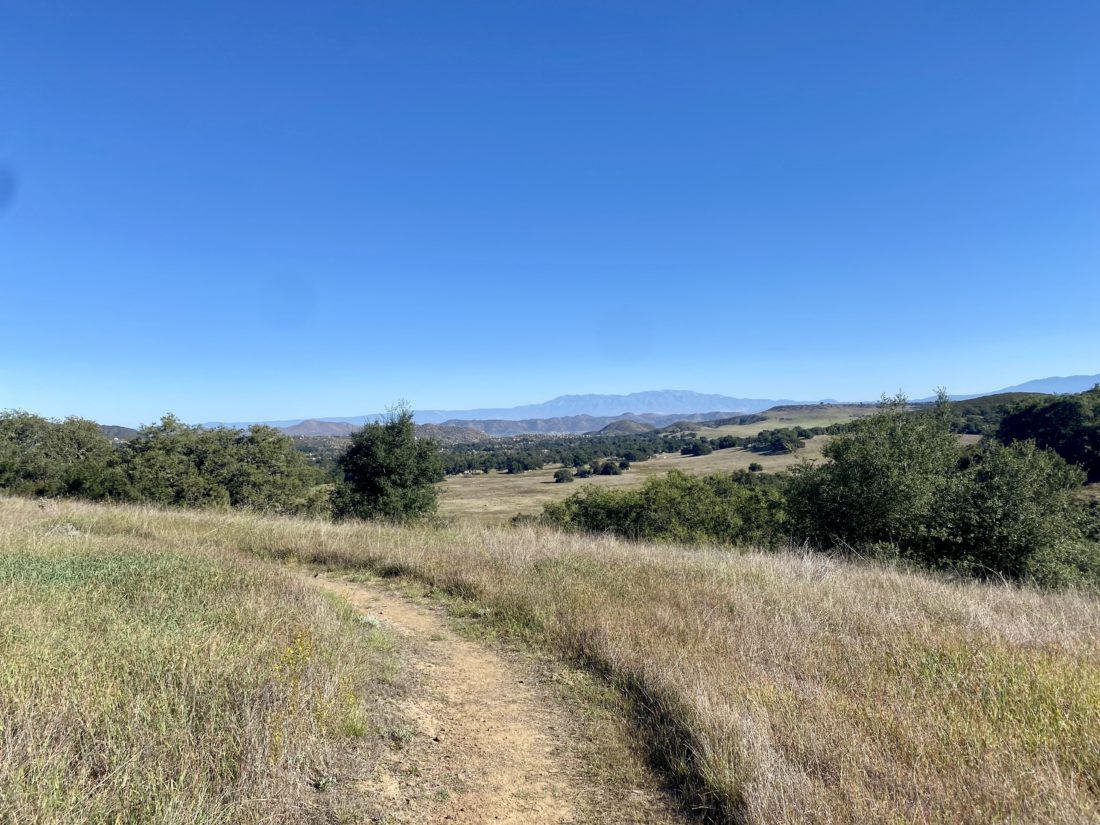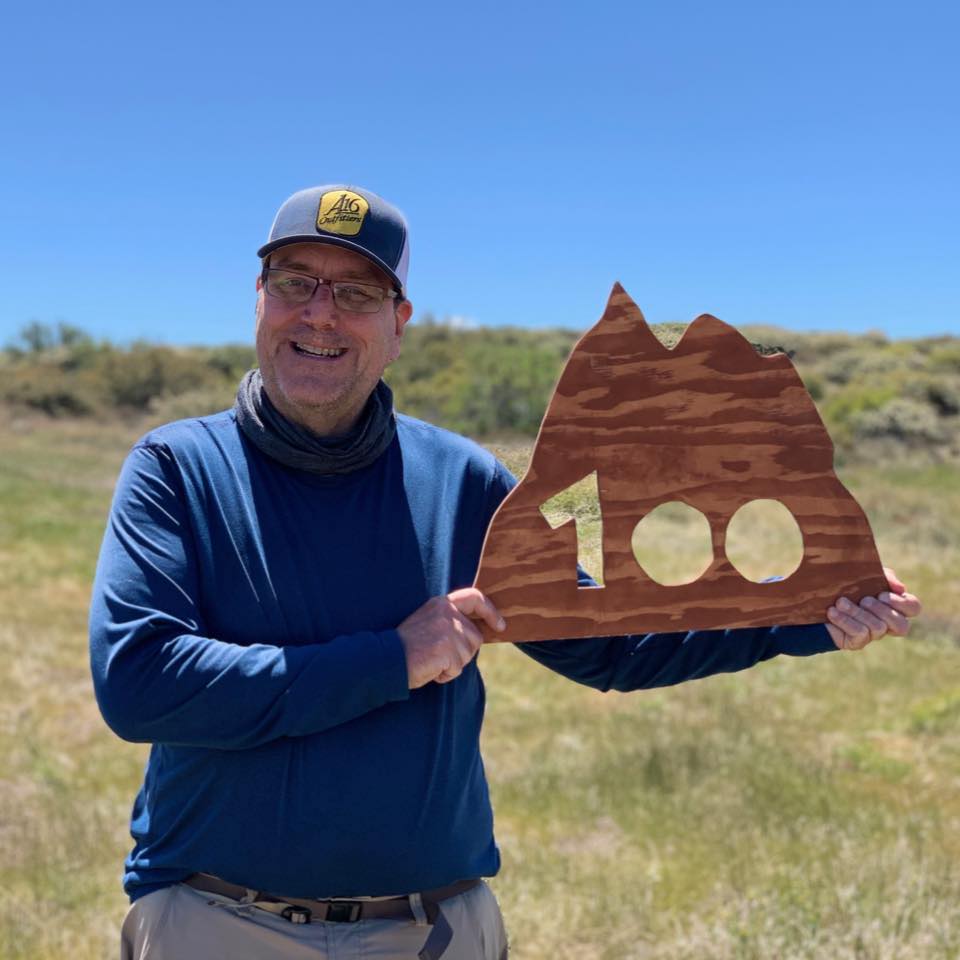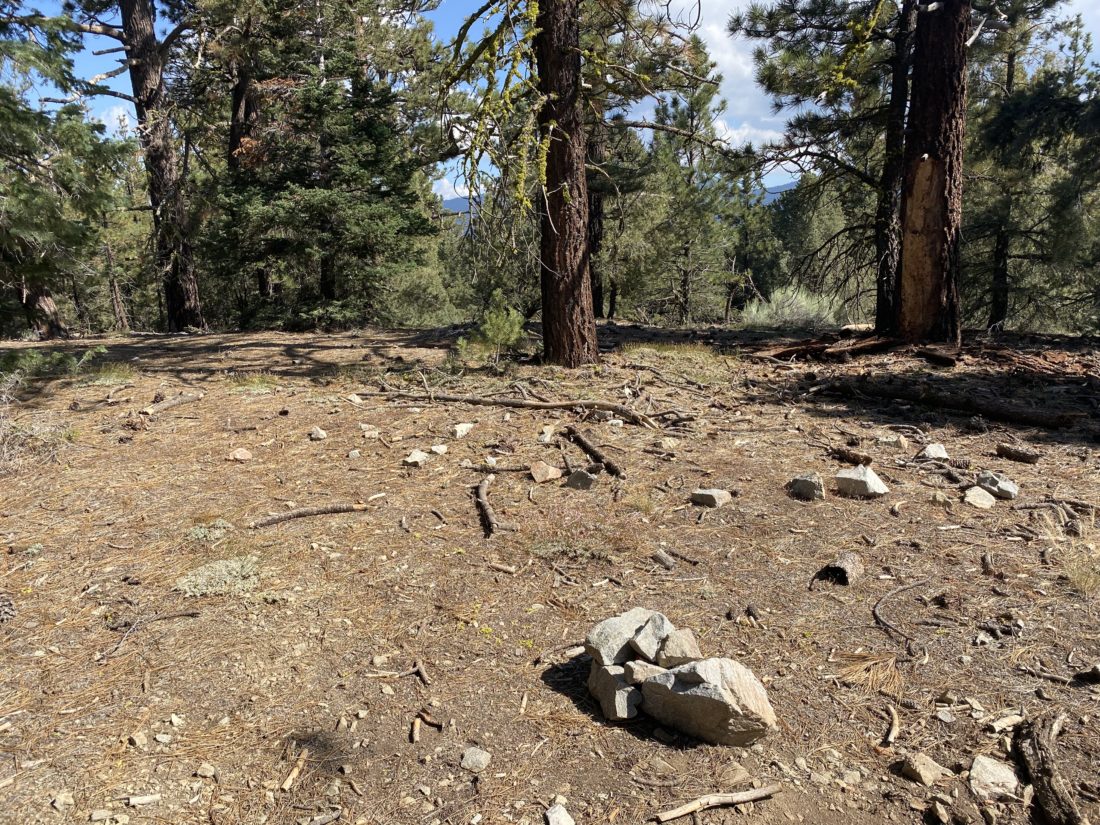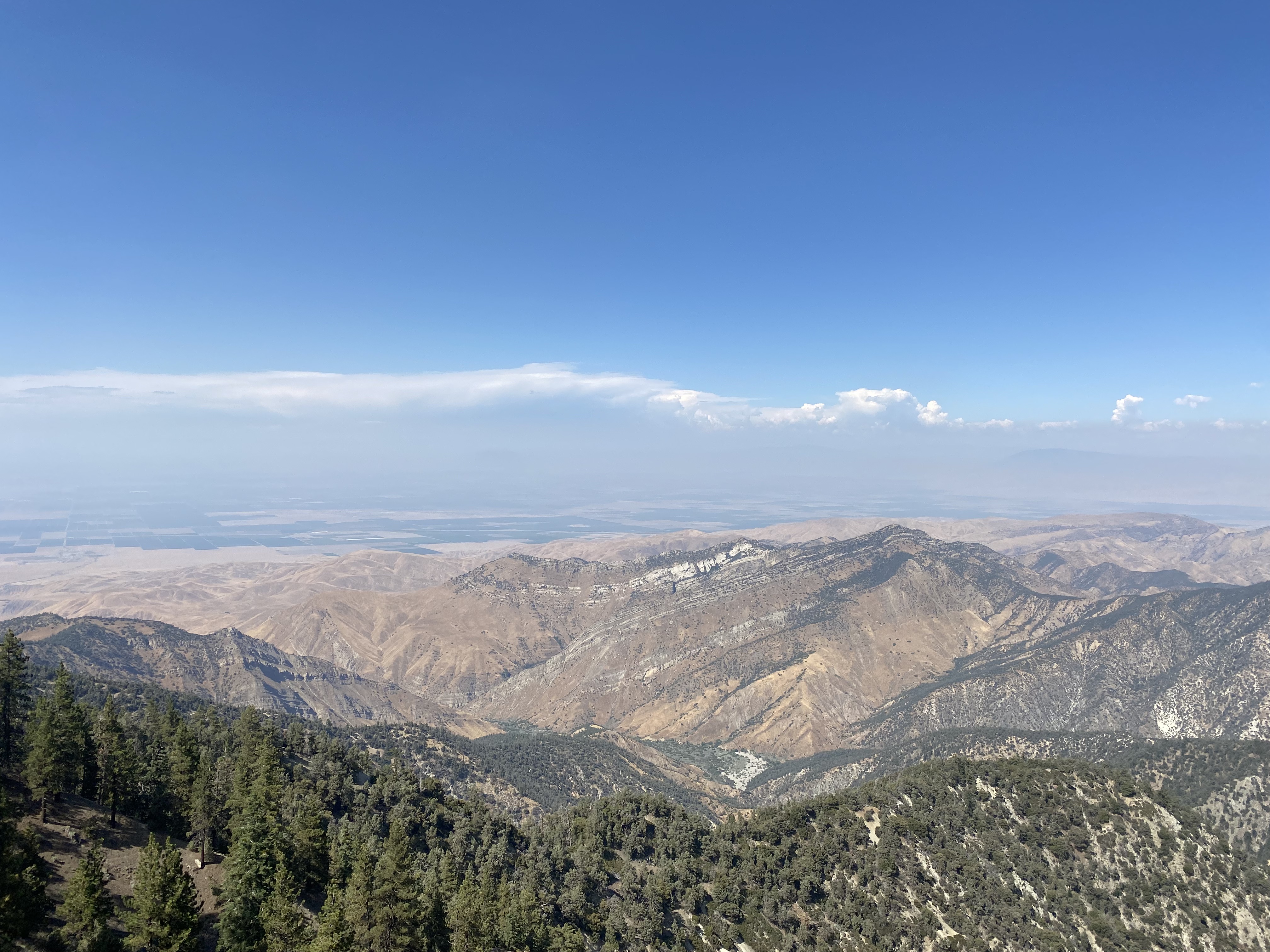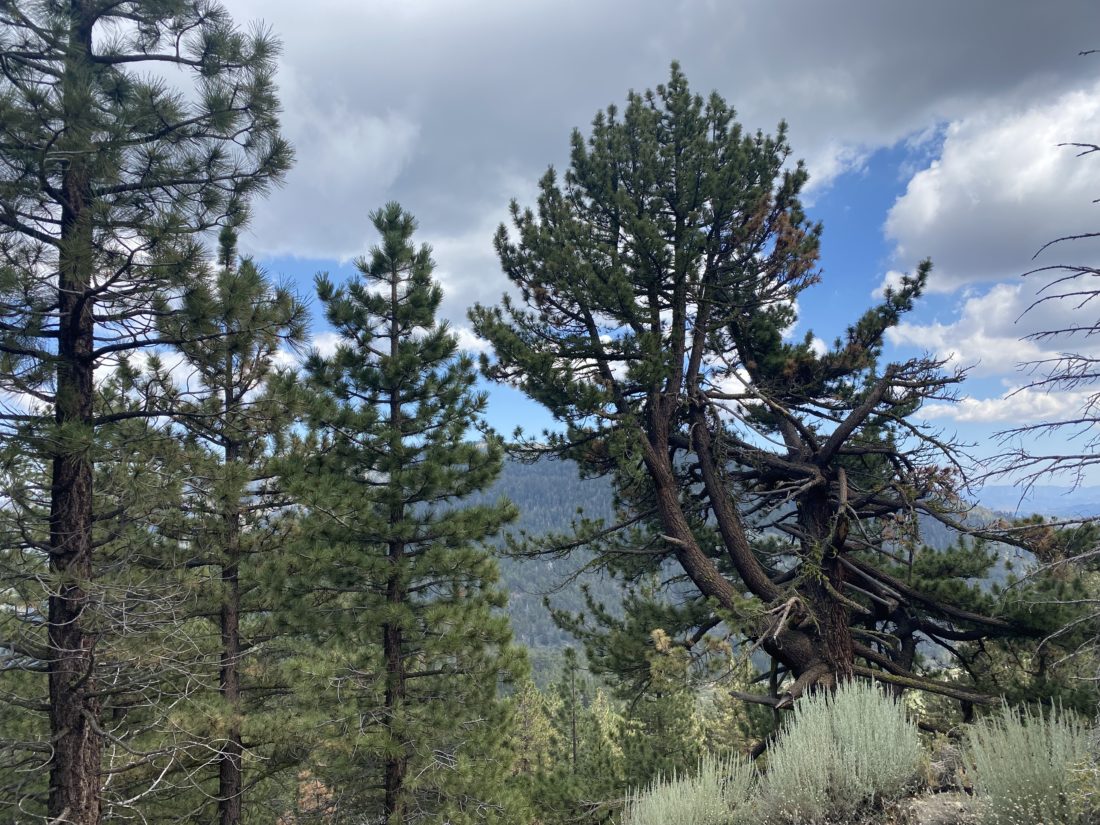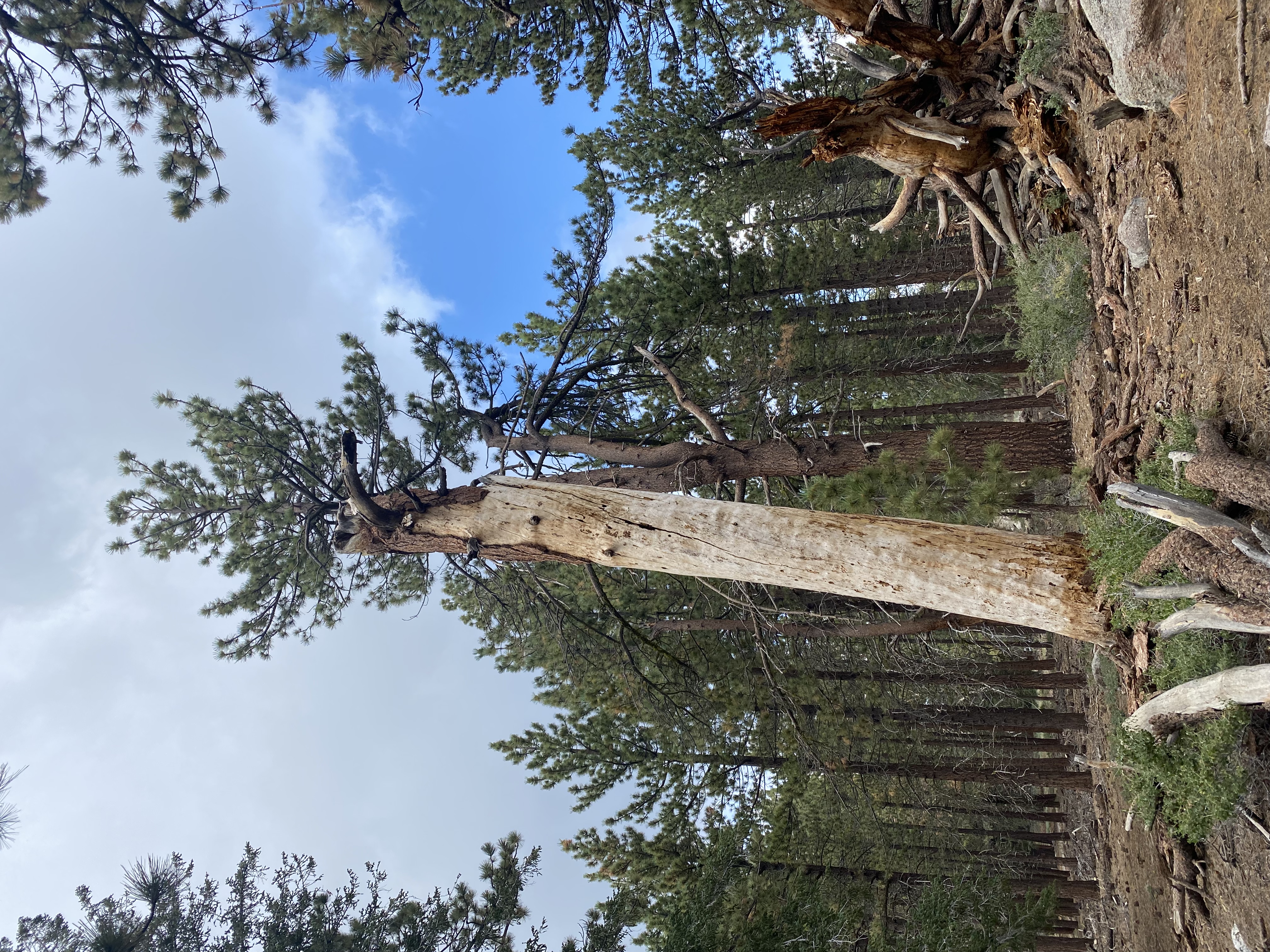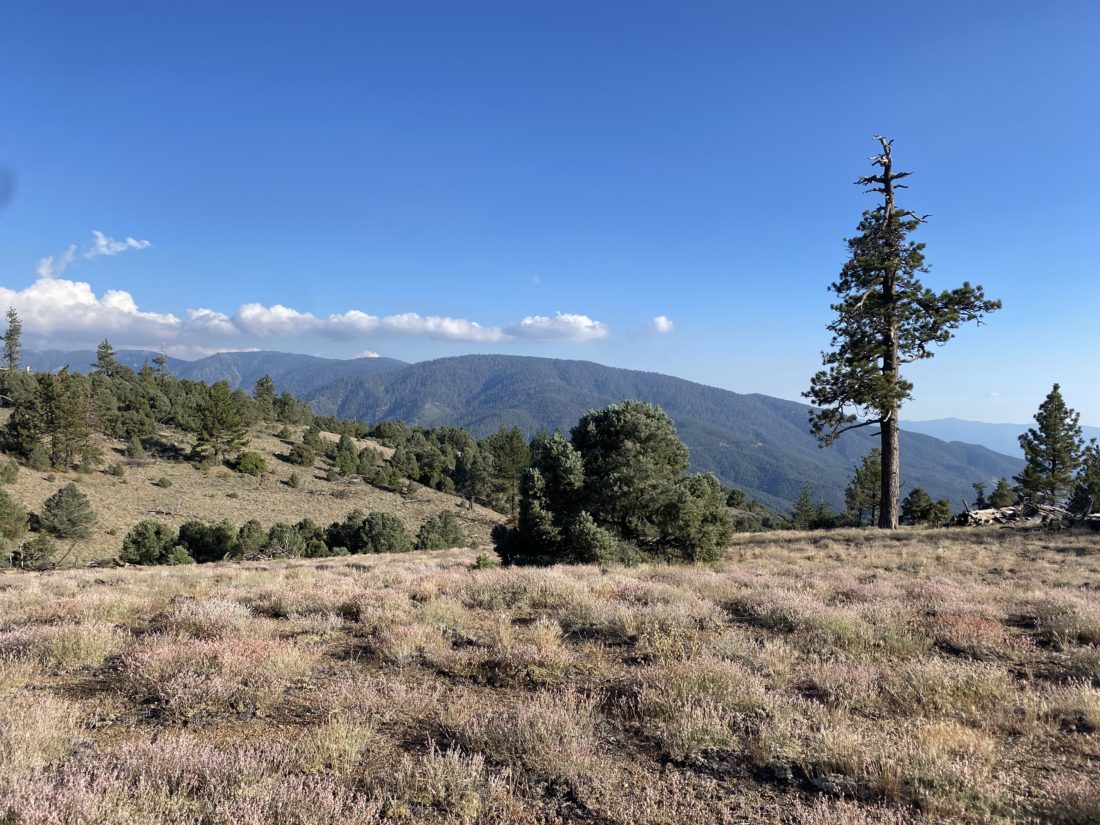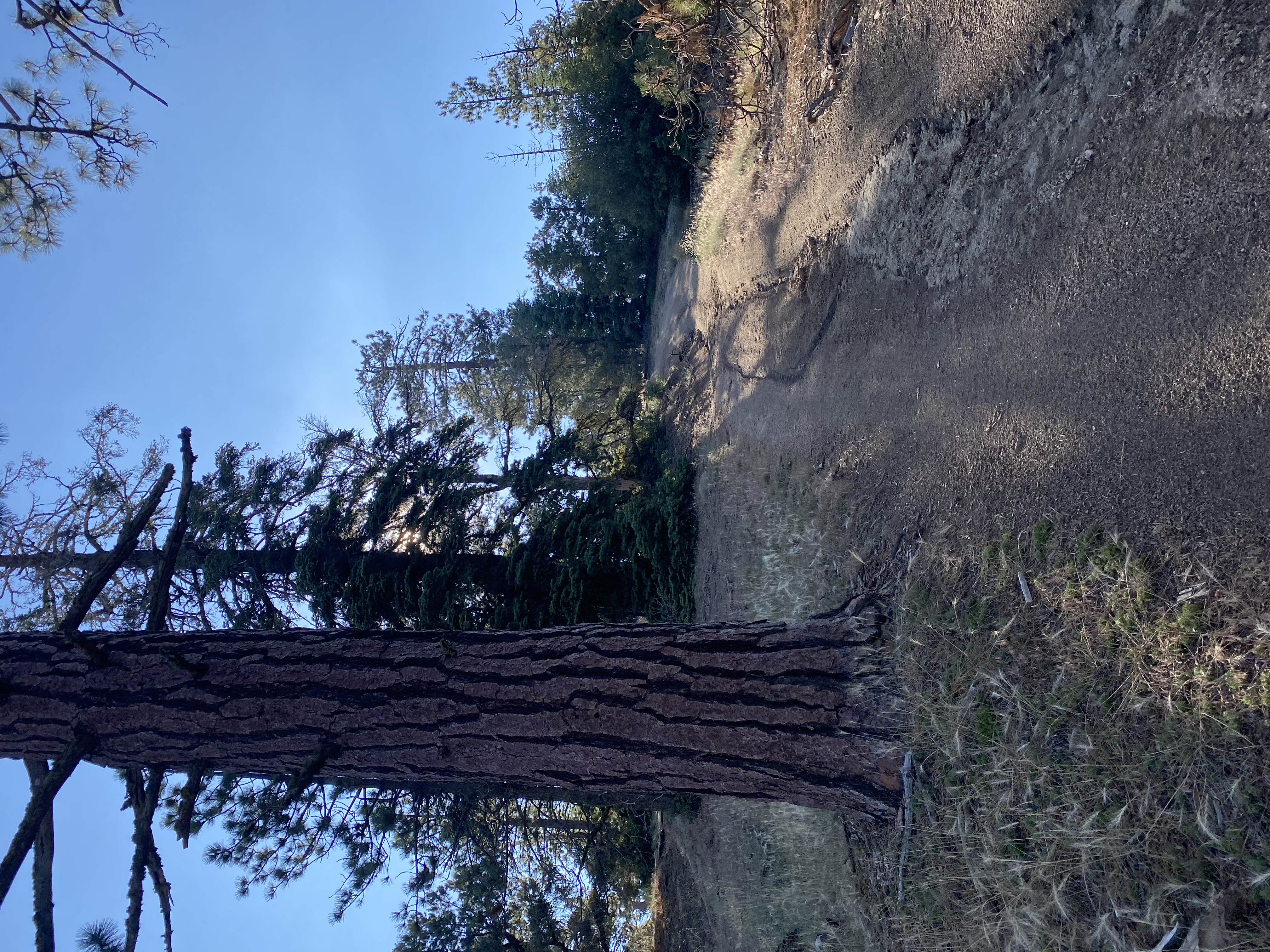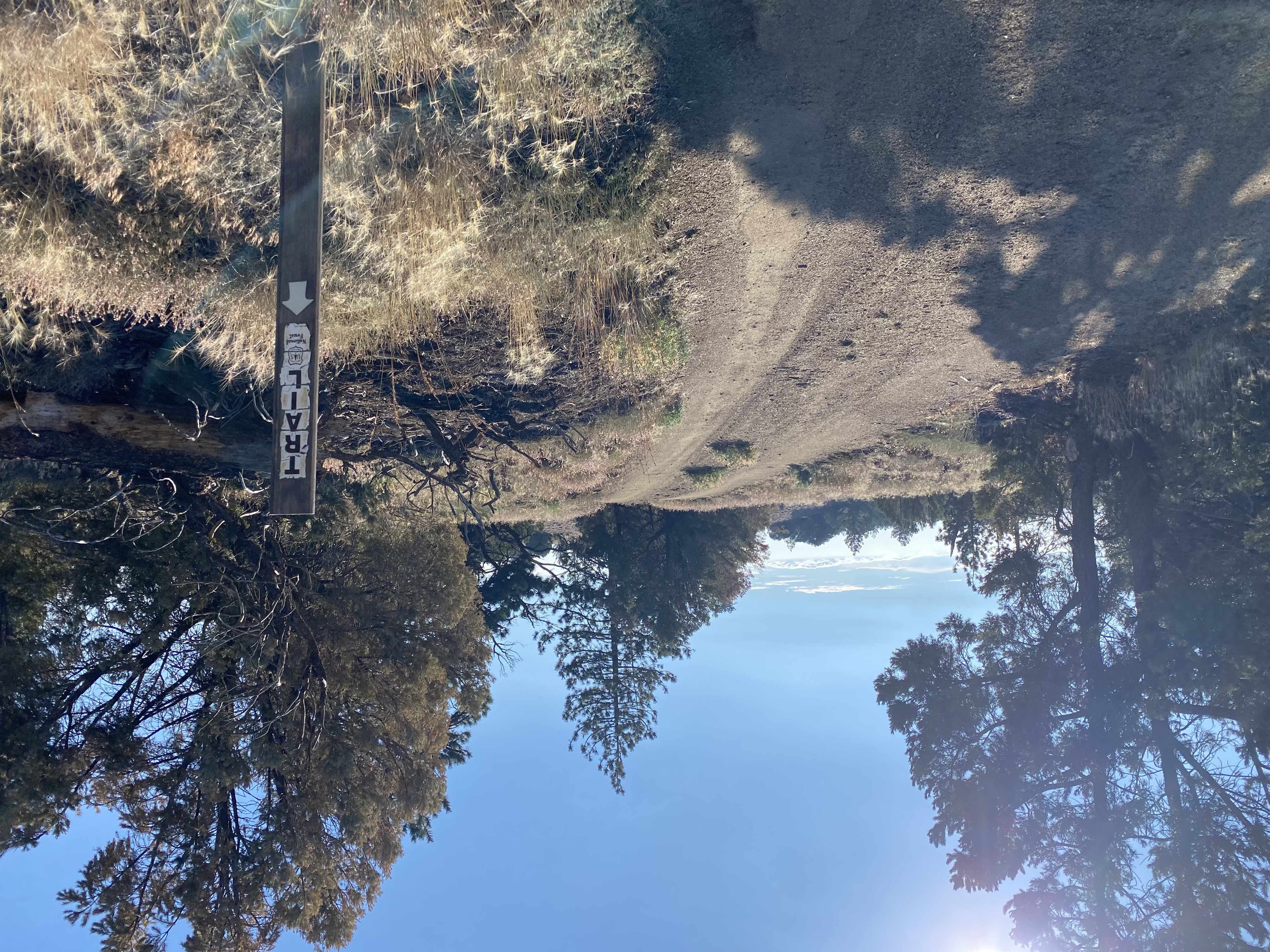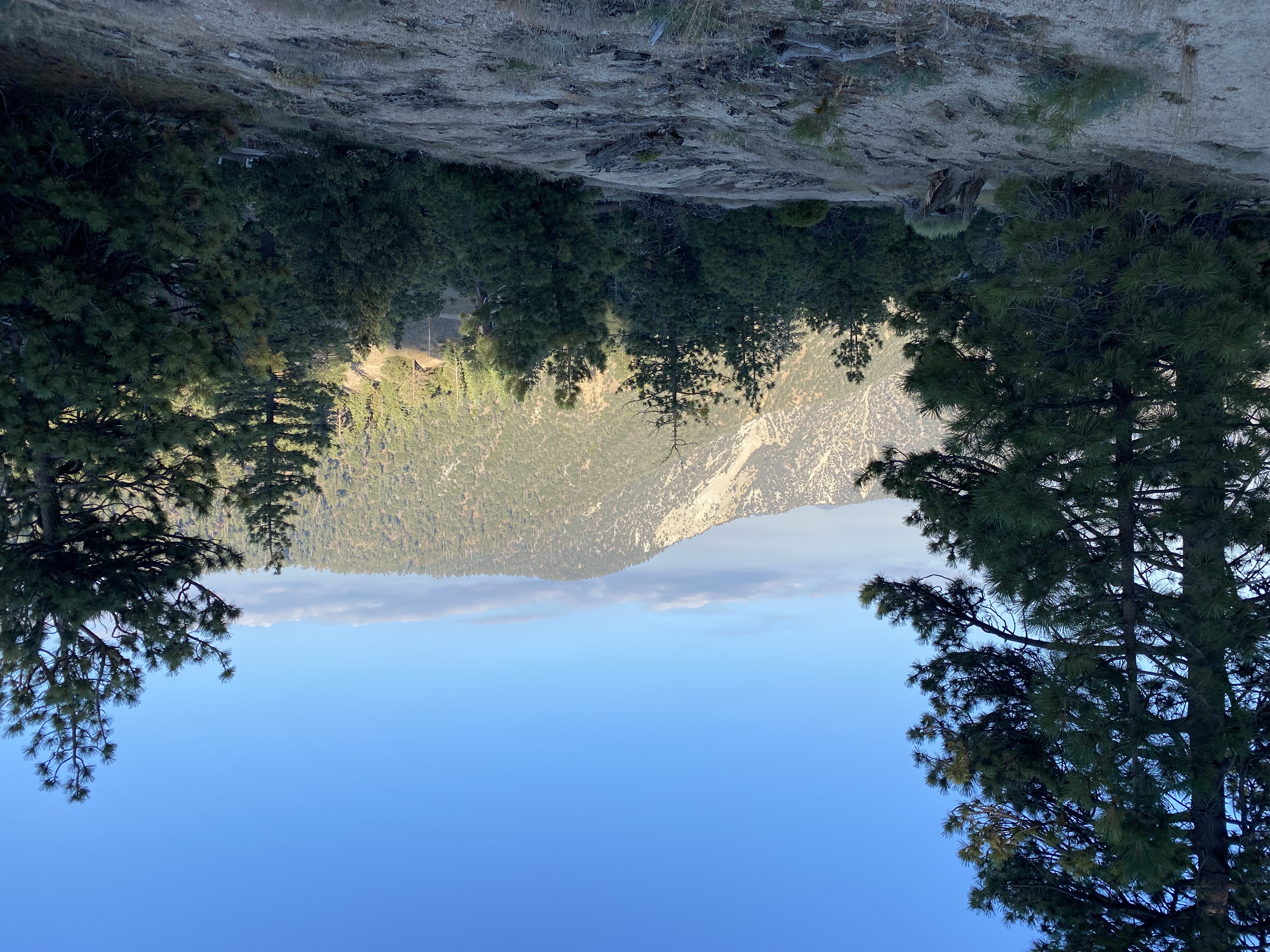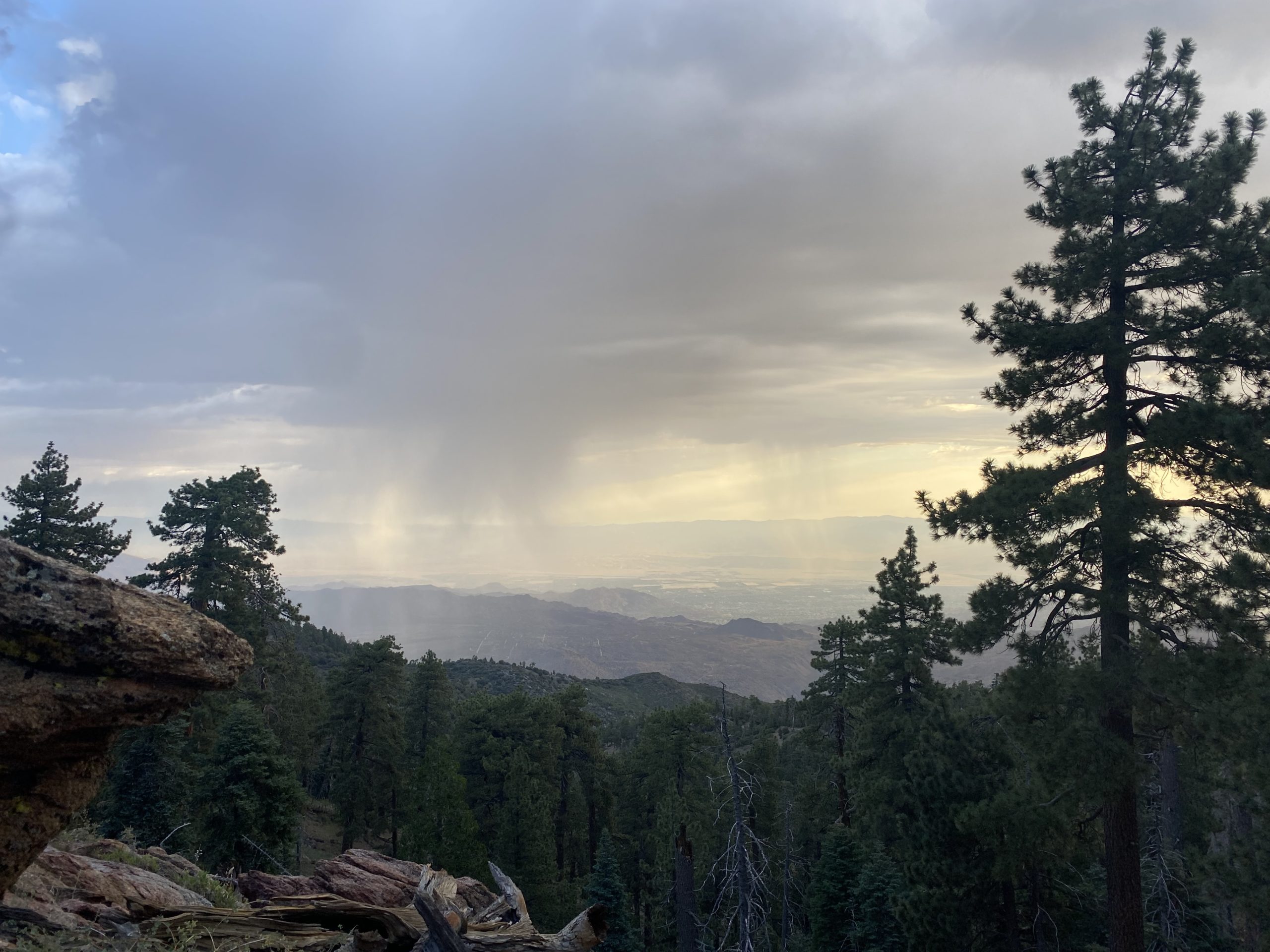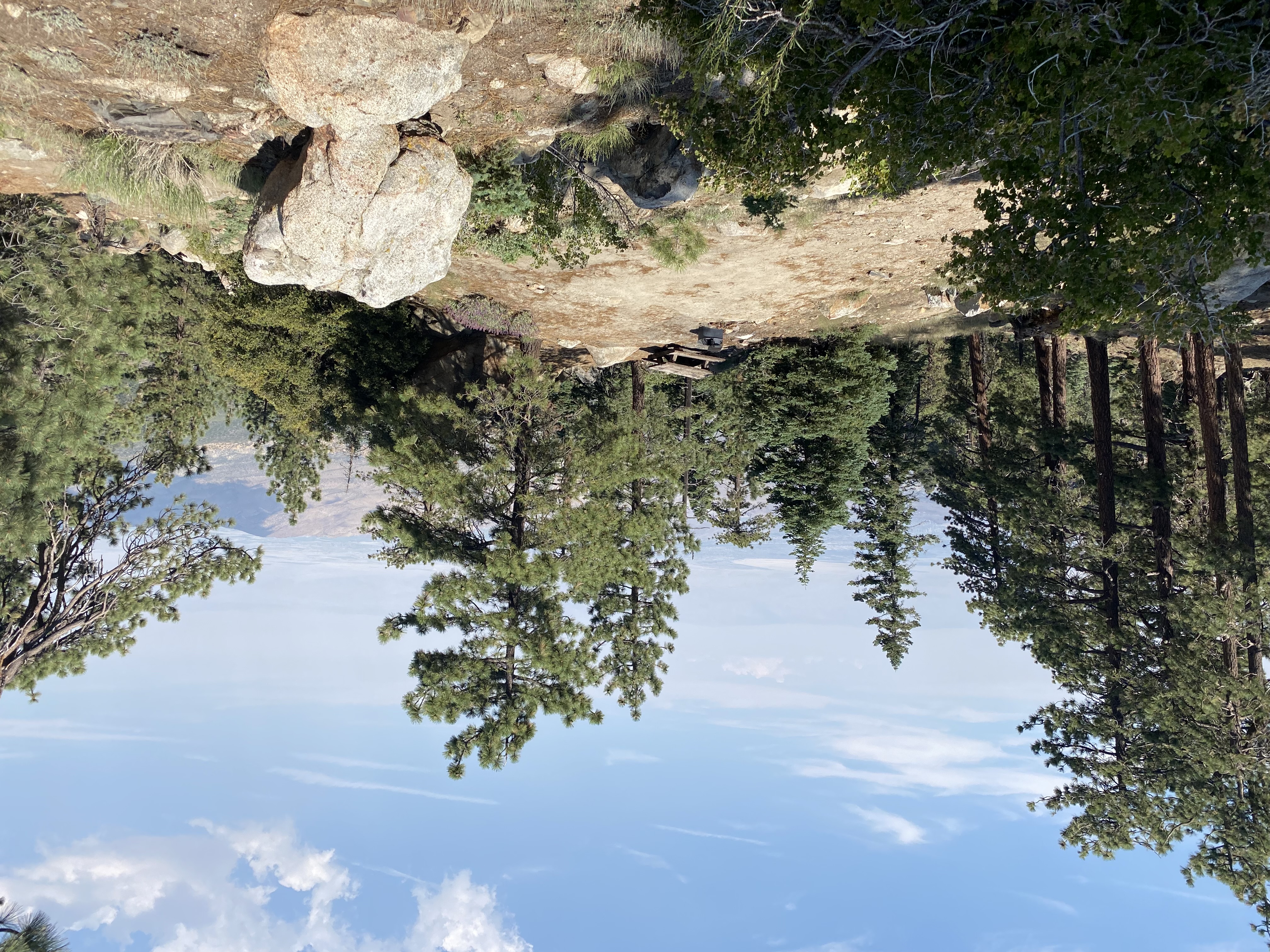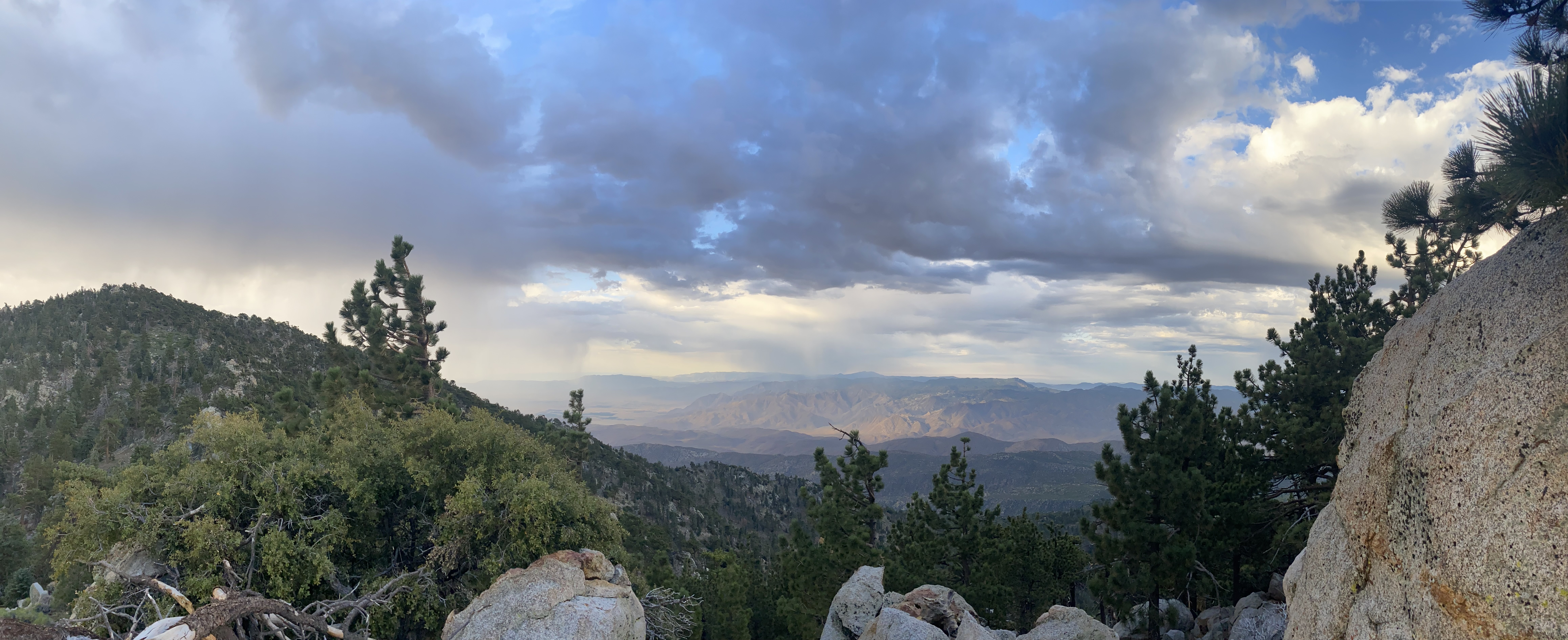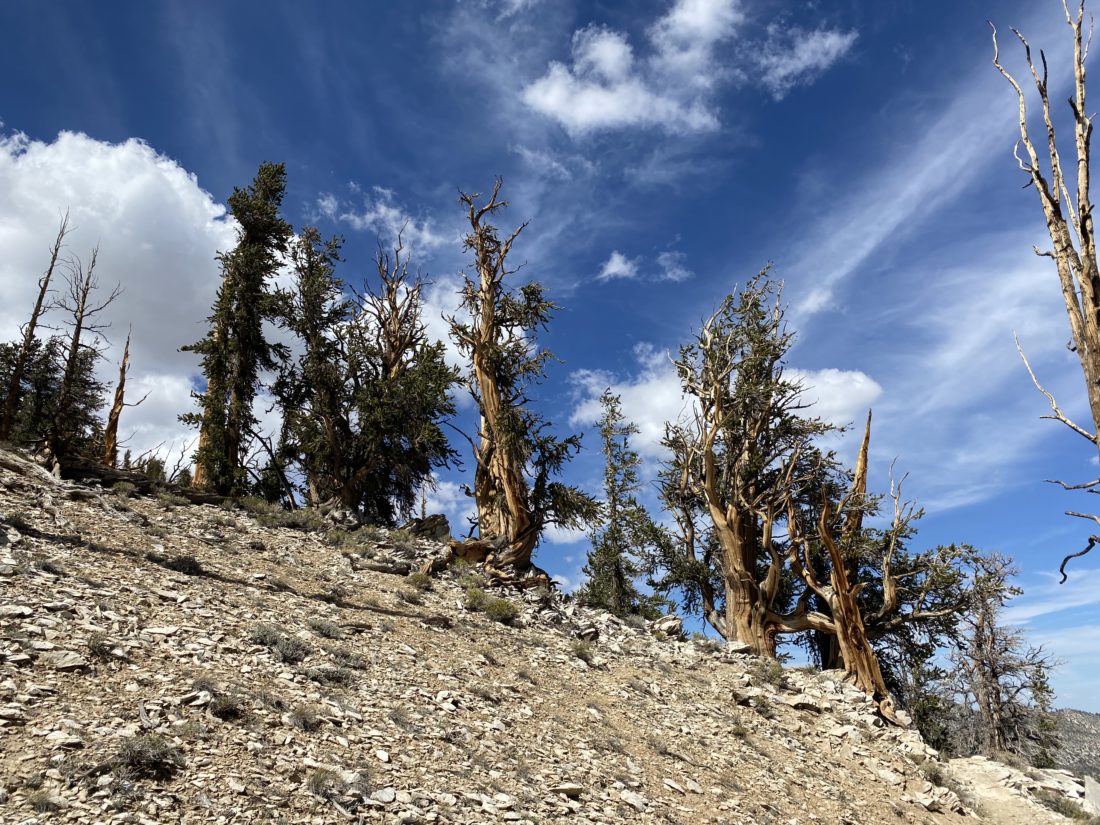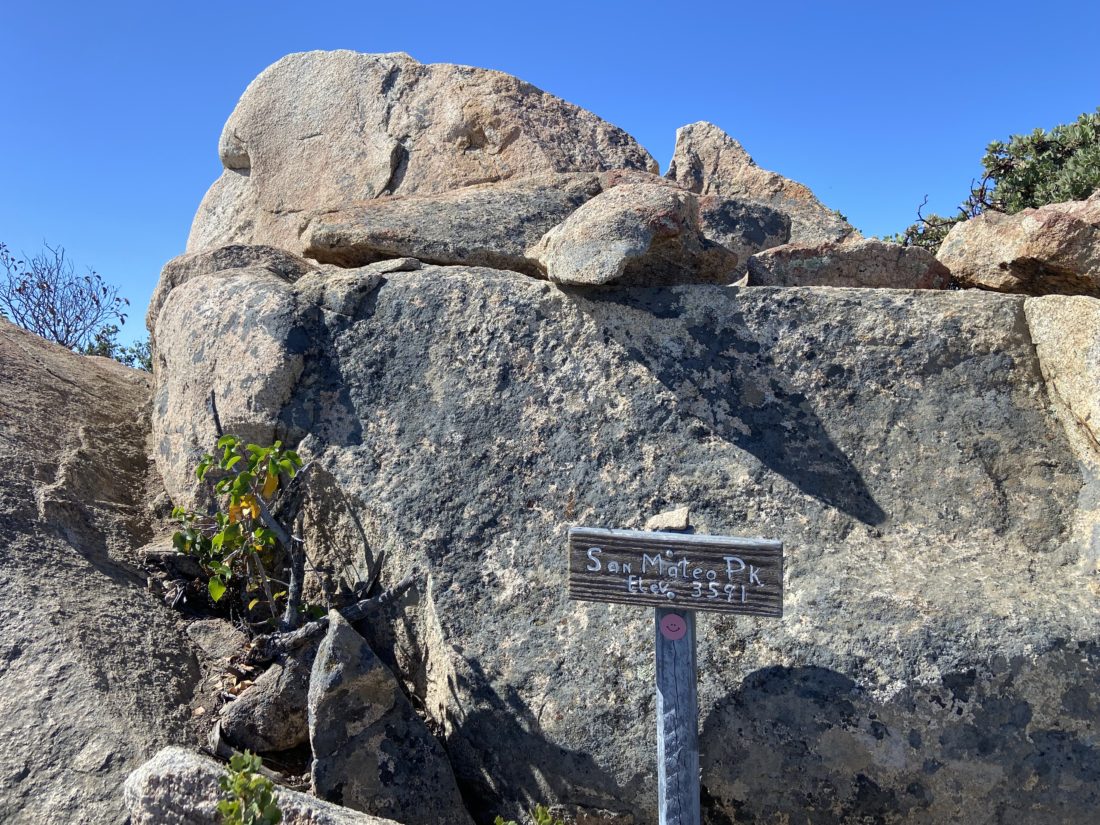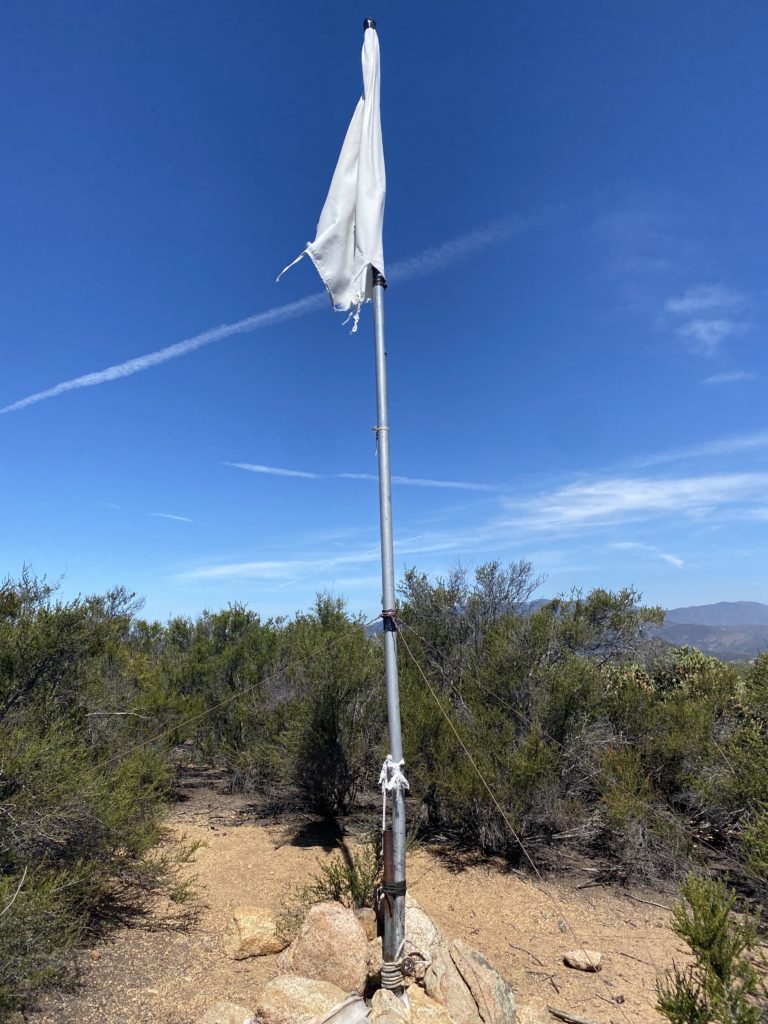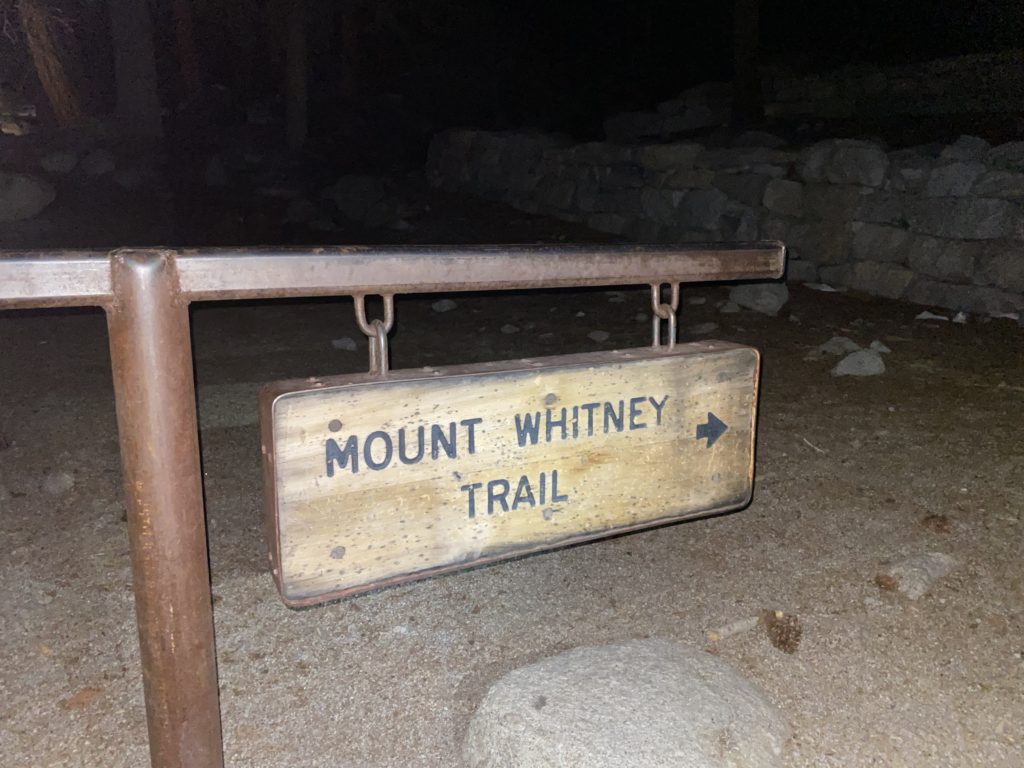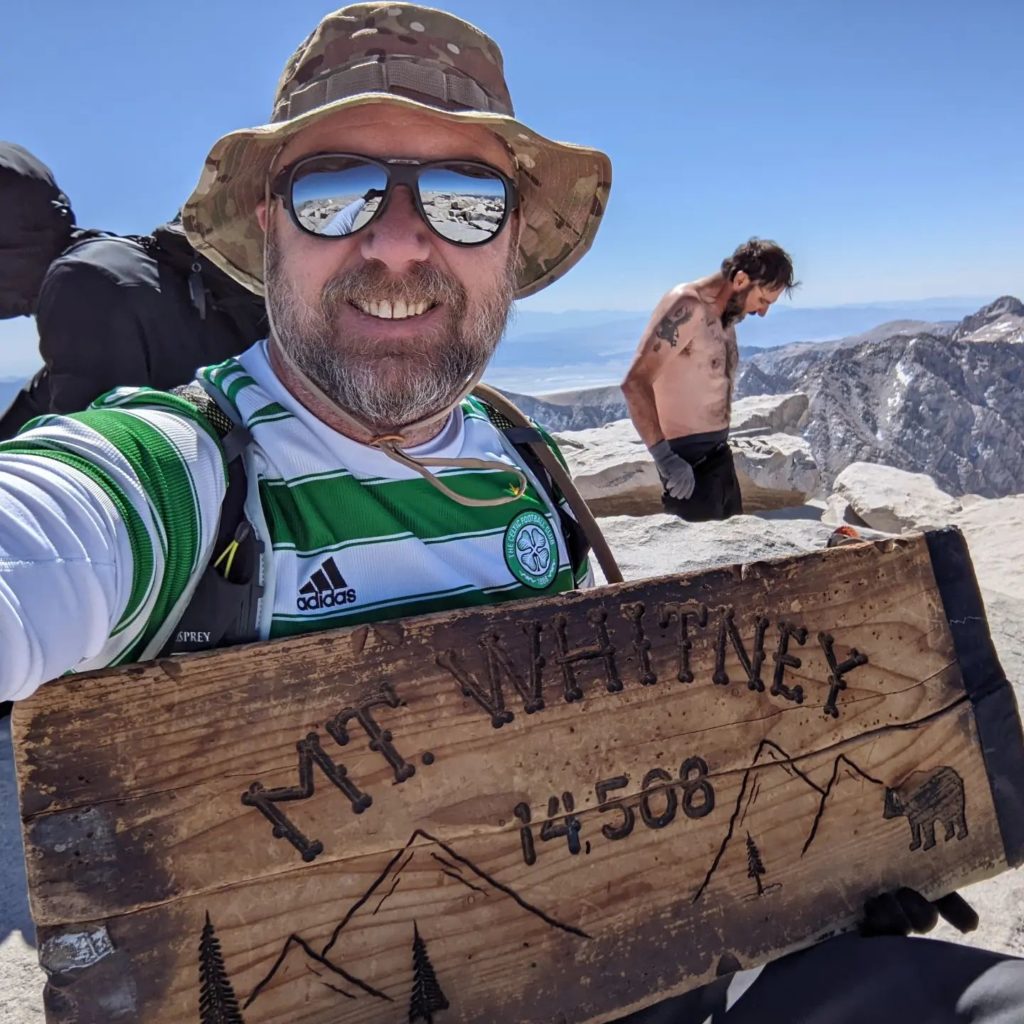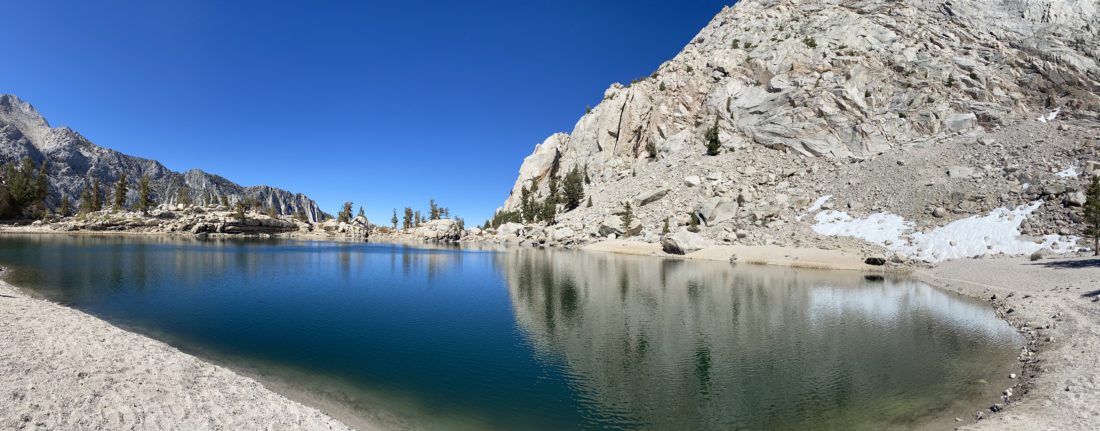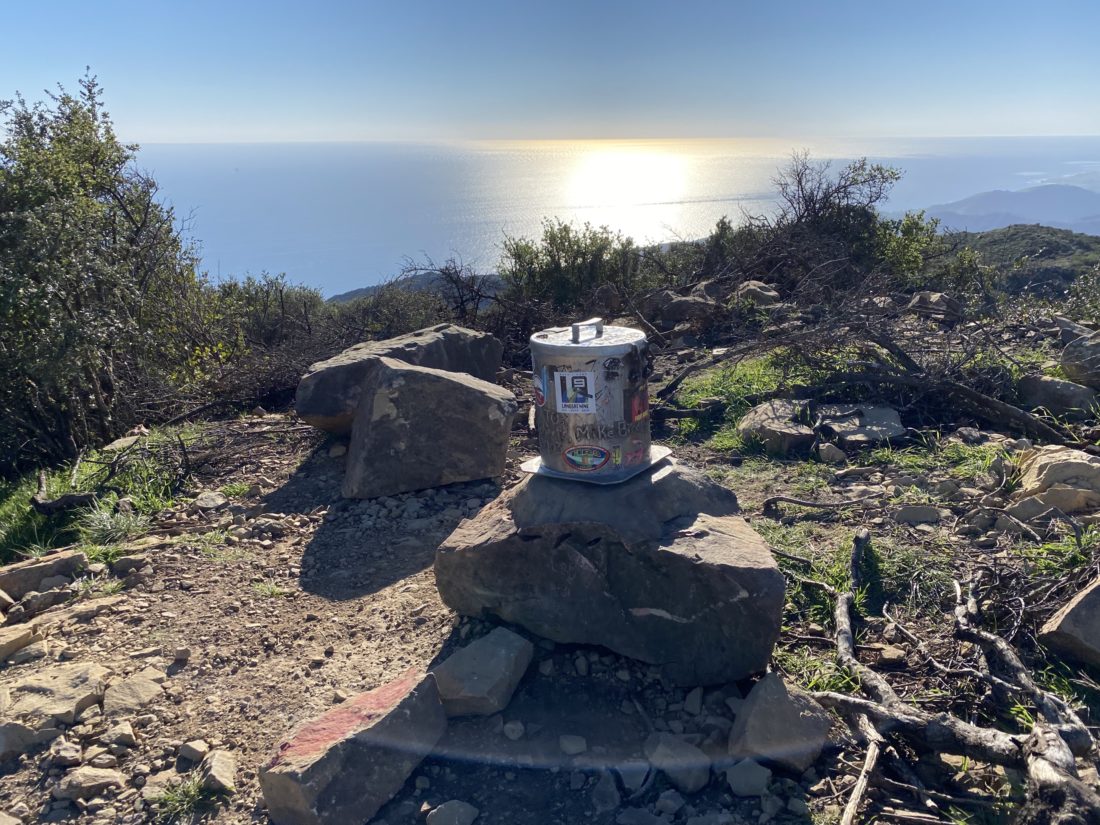As my backpacking trip in Little Lakes Valley drew near, I began to have concerns about the weather. While the chance of an afternoon thunderstorm is common during this time of year in the Sierras, I began thinking of having some backup plans just in case there was some serious weather. Whitney Portal has been closed twice, Death Valley, Mojave National Preserve, and Joshua Tree were all affected by some significant rain events recently. With a 6+ hour drive to reach the trailhead, I’d be arriving probably in the early afternoon, then possibly hiking out to my planned campsite under the threat of rain or worse. So I began exploring other ideas. One that came to mind was to visit the Ancient Bristlecone Forest, which lies to the east of the town of Big Pine. I could explore the two groves of bristlecones in the afternoon, then spend the night at the nearby Grandview Campground. The next morning, wake up, make the drive to the trailhead, and make camp well before any weather that might appear.
Although the forecast looked great for the trip, after looking closer at my backup plan, I decided it was even better than my original one. I left San Diego around 5:30 am, mostly to reduce my time getting through traffic. While I had some, soon I was cruising up the 395 toward my first stop, Copper Top BBQ in Big Pine. I pulled in just after they opened and ordered lunch. As I ate my lunch, I called my daughter who was getting ready to come home from her summer internship in Sen. Feinstein’s office. With lunch done, I refueled the Outback before heading east on the 168. The road quickly began climbing away from Owens Valley and I could see evidence of the recent rains strewn across the road. After about 20 minutes, I turned north onto White Mountain Road. The road continued to climb…7,000 feet, 8,000 feet… I passed the entrance to Grandview Campground and considered tossing my tent in a spot to hold it. The campground does take reservations, so there might not be an available site. I decided since it was a Thursday, I should be ok. Plus I was planning to sleep on my Luno air mattress that fits in the back of the Outback, so I did have a lot of flexibility as to my potential camping options if for some reason the campground was full.
The paved road kept climbing toward the Ancient Bristlecone Forest Visitor Center. I pulled into the parking lot and was pleasantly surprised to see about 15 or so other cars here as well. I grabbed my slack pack and headed to the gorgeous visitor center building. Inside I looked over the various exhibits and then spoke with the volunteer about my planned hike. One of the other reasons for this hike was to make sure my foot would be able to handle the planned hiking I had ahead of me. Plantar fasciitis had flared up in my right foot recently, and while I have been treating it aggressively, it would still have bouts of pain. Plus all that driving did not help matters.
There are three trail options; the short 1-mile Discovery Trail, the 3-mile Cabin Trail, or the 6-mile Methuselah Trail. I picked the Cabin Trail as it was about the same length as the planned hike for tomorrow. If my foot had issues with that length, better to know now. The trail climbed a short hill before leveling out as it neared the Cabins and Mexican Mine site. This is what the information sign said about the site:
THE MEXICAN MINE – 1863
THE FIRST NON-NATIVE EXPLORERS in the White Mountains were miners looking for gold and silver. You are at the site of the old Reed Mine, first established in 1863 – one of the earliest mines in the White Mountains. It was named after Reed Flat, the open sage-filled “meadow” just across the road west of here. The mine looked promising and plans were made to bring in a large crew to begin full scale production. Lead and zinc ore were extracted in small quantities but nothing resembling the “intense development” that was planned. Imagine the frigid weather, supply problems and other hardships that plagued the miners – all this at 10,000 feet!
The mine changed hands several times and was finally sold to the Mexican Mining Company of Carson City, Nevada and renamed the Mexican Mine. Abandoned in the early 1950’s, it reverted back to public ownership. The buildings and shafts have not been stabilized and are not safe for entry.
Continuing on past the ruins, the trail began climbing again. While not steep, we were at 10,200 feet. That was another bonus for me, to spend some time at altitude doing some acclimatization before heading off with a full backpack.
I passed a nice bench that I am sure has seen many winded hikers. After passing the remains of the upper mine, I continued up toward the saddle between the Schulman Grove Overlook and Mexican Mine Peak. Bristlecone trees dotted the landscape, each one a unique shape.
The trail now descended until it connected with the Methuselah Trail. I had yet to see another hiker, and the peacefulness amongst these ancient trees was welcomed. Once I was on the Methuselah Trail, I did pass a few others who were making the longer journey to try to see the oldest known living thing. I wanted to make sure I could do my actual planned hike, so I resisted temptation and continued on back to the visitor center.
More incredible bristlecones lined the trail, and views of Nevada and Death Valley to the east, as I continued on. Soon, I was back at the visitor center. My foot was feeling the hike and the drive, so I decided not to attempt the Discovery Trail. I did, however, inquire if they had a special Junior Ranger badge. I had picked up the booklet for the Inyo National Forest from the Eastern Sierra Visitor Center in Lone Pine, which is worth the stop as well. It turns out they do, so I took the booklet, did the activities, and earned another one for my collection.
It was still early, so I decided to drive up and see the Patriarch Grove, home to the largest of Bristlecones. This would let me see more of the road to the start of the hike up White Mountain, which is on my bucket list. Just after Schulman Grove, the pavement ended and became a well-graded dirt one. But for the most part, it was in fine shape. After about 30 minutes and some gorgeous views, I came to the turnoff to the grove. The quality of the road became rockier and I took extra care as I drove the one mile to the parking area. I had some cans of tire sealant just in case. The parking area was empty. I followed the path toward the Patriarch Tree and stood before its immense size. A marker told a bit about the discovery of this tree. I continued on the trail for a bit, being mindful of my foot. Once I had seen enough, I returned to the car. While the Cottonwood Basin Overlook Trail was only ½ mile, I did not want to risk bothering my foot further. The call of Little Lakes Valley was too strong.
I drove back down toward Grandview Campground, but before I got there, I stopped at the Sierra View Overlook. This was a short walk to a small bump that offered a great view of the Eastern Sierras, and as a bonus is listed on Peakbagger.
I pulled into the campground and surveyed the possible open sites. The first couple did not work as the parking area was not flat, but I did locate one that fit the bill perfectly. I inflated the system, broke out my folding chair, and enjoyed the mountain air. After dinner, I tried to enjoy a campfire, but the wood I bought in Big Pine was just too wet to stay lit. I finally gave up and hit the pillow. I recently bought window shades for the rear windows and was glad I did, and it helped keep the full moon’s light out of my eyes.
I woke just before sunrise, had some coffee, and repacked what I needed to. The plan was to grab breakfast at the Rock Creek Lake Resort and then hit the trail by mid-morning. Once I made it back to Big Pine, I took advantage of having a cell signal again and took care of a few things before I continued on toward Little Lakes Valley.
I am an avid peak bagger, sometimes backpacker, and former sea kayaker living in San Diego. In 2019, I became the third person to complete the San Diego 100 Peak Challenge. Not stopping with that accomplishment, I set my sights on the harder San Diego Sierra Club 100 Peak list, which I completed in 2021. In addition, I have conquered several Six-Pack of Peaks challenges (SoCal, San Diego, Central Coast, and Arizona-Winter). Beyond attempting the San Diego Sierra Club 100 Peak list a second time, I am looking forward to exploring new summits and new adventures across the southwest.






















